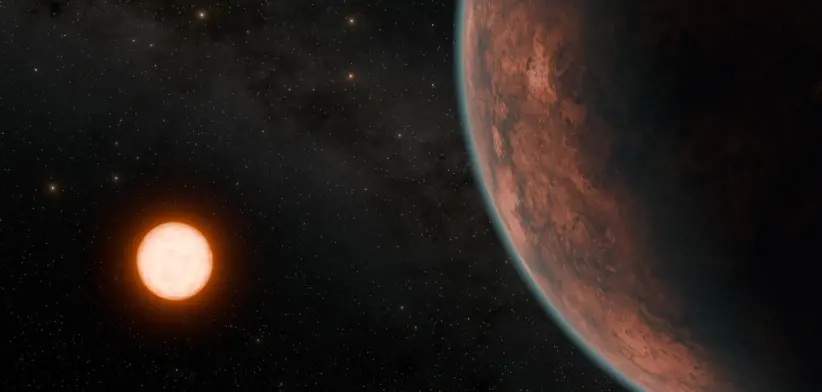Space scientists have uncovered a new planet with more similarities to Earth than any planet previously identified.
Glise 12b is slightly smaller than Earth and is orbiting in a solar system about 40 light years away.
NASA says the planet is the “nearest, transiting, temperate, Earth-size world located to date”.
“The host star, called Gliese 12, is a cool red dwarf located almost 40 light-years away in the constellation Pisces,” NASA said in a report on the find.
“The star is only about 27 percent of the Sun’s size, with about 60 percent of the Sun’s surface temperature.
“The new world, named Gliese 12b, orbits every 12.8 days and is Earth’s size or slightly smaller – comparable to Venus. Assuming it has no atmosphere, the planet has a surface temperature estimated at around 107 degrees Fahrenheit (42 degrees Celsius).”
NASA said the distance separating Gliese 12 and the new planet was seven percent of the distance between Earth and the Sun.
It said the newly discovered planet was a unique candidate for further atmospheric study.
“Earth remains habitable, but Venus does not due to its complete loss of water,” NASA said. “If Gliese 12b retains some atmosphere, it could teach us a lot about the habitability pathways planets take as they develop.”
A paper on the planet was published in the latest The Astrophysical Journal Letters, with some findings also published in Monthly Notices of the Royal Astronomical Society








